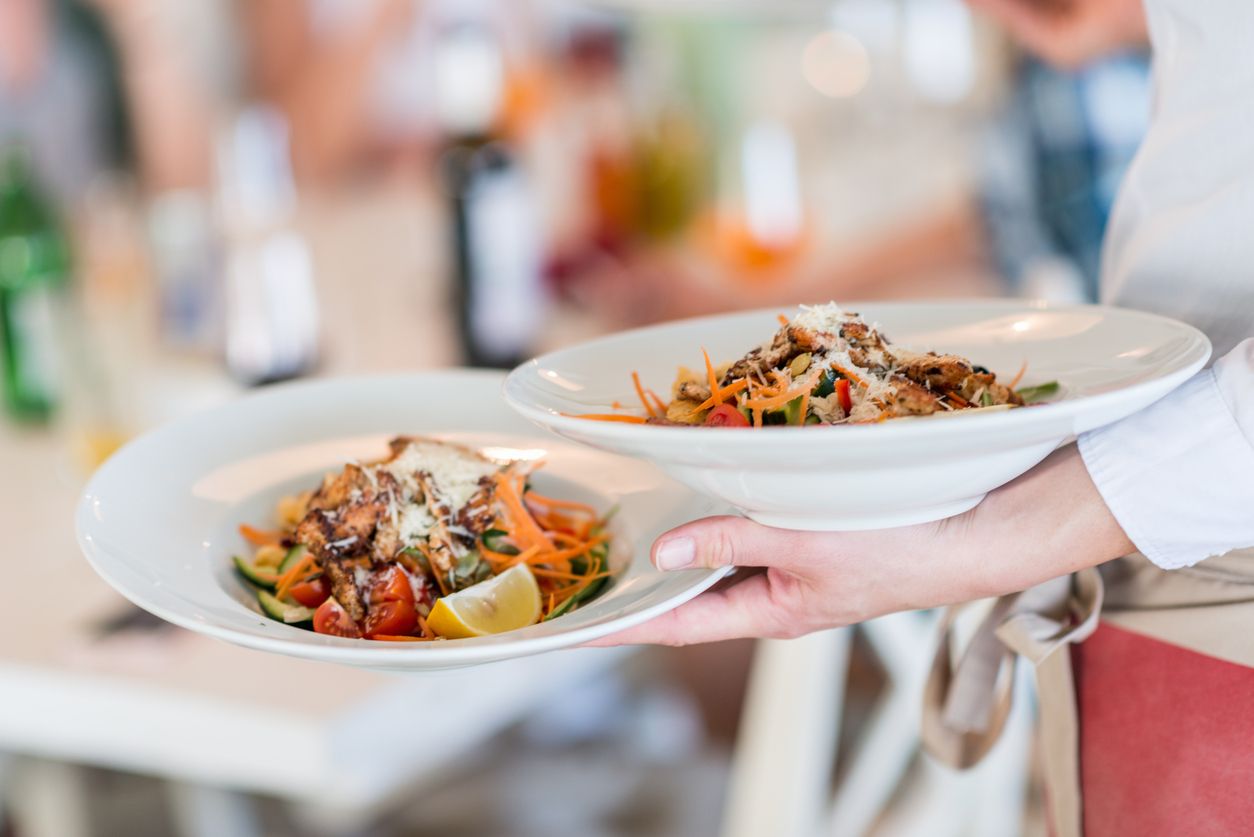
The right consumer value proposition and franchisor-franchisee relationship are key
Earlier this month, British coffee chain Costa Coffee announced its withdrawal from the Singaporean market. By mid-September the last two of its stores had closed, joining the six other outlets that had shuttered since the beginning of 2018.
In doing so, Costa Coffee joined a list of F&B chains that have come, saw, but beat a hasty retreat from Singapore: A&W, Papa John’s, Pacific Coffee, Wendy’s, Denny’s, etc.
Koh Kek Sin, former CFO of Yum Brands Asia, managed KFC, Pizza Hut and another failed entry, Taco Bell, in the region. Speaking at a recent SMU Centre for Marketing Excellence seminar, “F&B Franchise – A Recipe for Success”, Koh points out the first thing franchisors and franchisees need to assess before bringing a F&B brand into a market: Consumer value proposition.
“Why would the consumer want this? If it’s not differentiated, or is inferior, why would anybody want it?” he asks. Referring to Taco Bell’s lack of success, Koh explains it thus:
“When you are going out to eat, how many of you think of Mexican first? Most Asians think of Chinese food, or a curry, maybe Japanese or Korean and many others before they think of Mexican. That’s a challenge.
“The challenge we had was that everyone went to try it but nobody came back! Or they didn’t come back enough. When we look at evaluating a F&B business, it cannot just be a novelty. So if we want to launch Taco Bell in Asia, we have to be careful.”
Koh, who now runs his own business, Ants Franchise Consulting, also cited feedback from consumers who had an issue “mixing hot and cold food together; the sour cream and cold lettuce with cooked beef, it just didn’t go well”.
“But the trends are changing,” he adds. “When we tried setting up Taco Bell in Singapore 18 years ago, the market was very different. The market is more educated about Mexican food now and tastes have evolved, so Taco Bell might stand a better chance of succeeding today.”
Share me the money – the franchisor-franchisee relationship
Noting that “a recipe for success isn’t a guarantee for success” and that “sometimes the recipe has to be tweaked”, Koh listed six points for F&B franchising success:
- Consumer value proposition
- Profitability
- Franchisor-franchisee relationship
- Consistent brand experience
- Innovation
- Culture and values
On the franchisor-franchisee relationship, Koh listed examples of breakdowns: Pizza Hut became The Pizza Company in Thailand, something he witnessed up close during his time at Yum; and the Llao Llao-Yole feud in Singapore.
“If you are a franchisor, view your relationship with the franchisee as one of a partnership,” Koh warns. “Your franchisee’s success is your success. The franchisee must also evaluate what kind of franchisor he is dealing with. Some franchisors are happy to sell you all kinds of things but are completely disinterested in the franchisee making money.”
Koh also spoke about another major recent re-branding following a breakdown in the franchisor-franchisee relationship: Gong Cha-LiHo.
“80 outlets had to be rebranded, $30 million revenue stopped,” Koh elaborates, spelling out the aftermath of Gong Cha’s ownership change and the Singapore franchisee’s failure to strike a new deal with the new franchisor. Existing outlets were rebranded LiHo at a cost of S$1 million, but “unless you become a better Gong Cha, you’ll never be Gong Cha".
“Essentially it’s a new brand with a new experience, new packaging, a new identity," Koh elaborates. "One of its challenges is to shake the baggage of Gong Cha. Consumers try the new product and immediately make comparisons. The challenge for LiHo is thus: How many customers can they retain? And how many new customers can they attract?”
Core to a successful arrangement is a commitment to profitability. While pointing out the importance of growing revenue, Koh poses the uncomfortable question franchisors dread: are you willing to lower royalties?
“If we’ve done all we can to raise EBITDA (earnings before interest, tax, depreciation and amortisation) but it just won’t go any higher, we have to ask: Do I have to lower royalty payment? The franchisee must be able to make money for a franchising arrangement to succeed.”
He adds: “You have BOH:FOH (back of house : front of house) ratio. You pay the same rent whether it’s the kitchen or dining area. Clearly everybody wants a bigger dining area because it generates revenue. It’s something to be conscious of. The kitchen has to be efficient.
“A lot of brands have set up kiosks so that their revenue-generating space becomes essentially rent-free because there is no seating. Customers would buy the food and leave. It could be a viable business model if their proposition is strong and enjoys high turnover. Of course they would have to pay more rental per square foot because that’s just the way landlords charge: the smaller the space, the higher per square foot.”
Follow us on Twitter (@sgsmuperspectiv) or like us on Facebook (https://www.facebook.com/PerspectivesAtSMU)